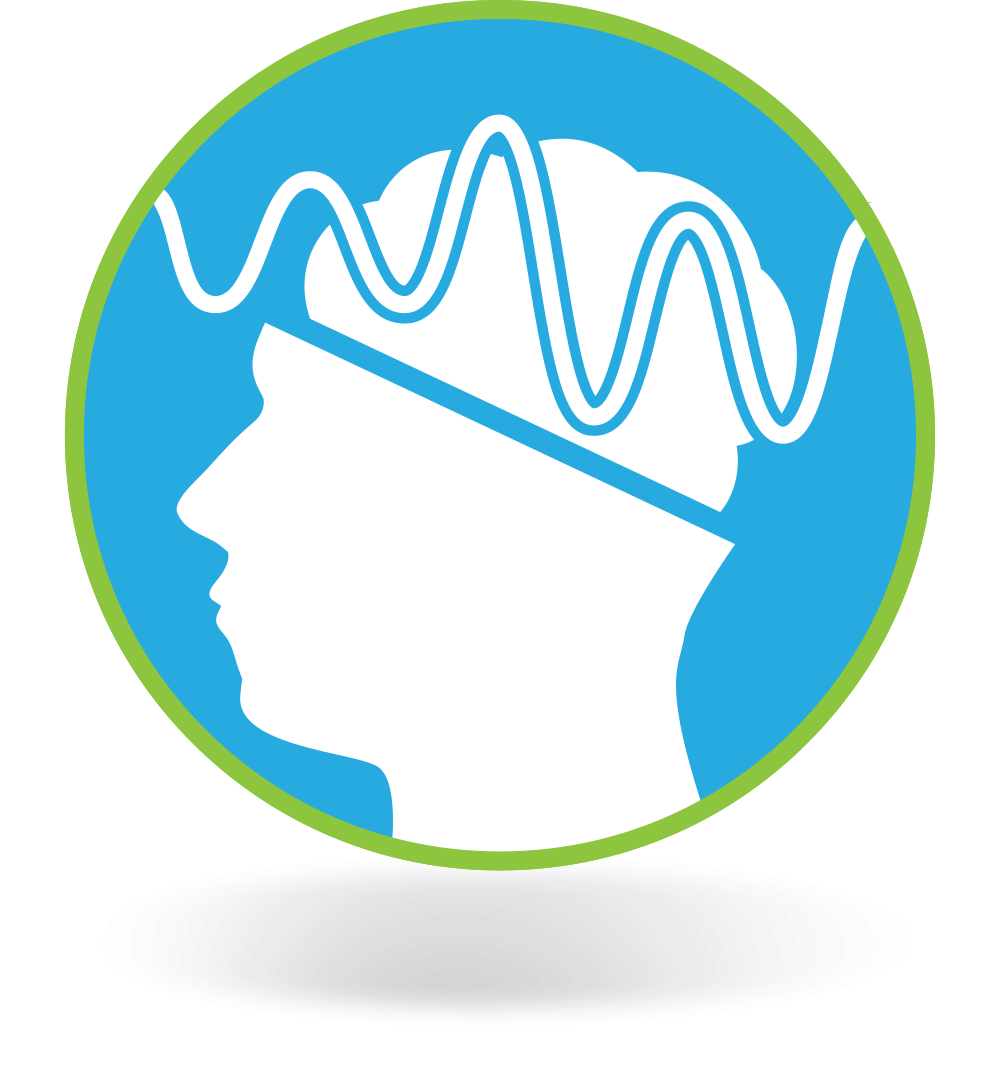When given without a brain monitor, anesthesia is always given in excess of what is thought necessary for fear of under-medicating (anesthesia awareness).
Goldilocks anesthesia is predicated on your individual brain response to anesthetic agents; therefore it is never too much, or too little, always just the right amount.
Patients older than 50 are especially sensitive to the negative effects of anesthesia over-medication: delirium, dementia & death.
Nearly one American surgery patient dies daily from anesthesia over-medication.
Li G, et al: Epidemiology of Anesthesia-related Mortality in the United States, 1999–2005. Anesthesiology 2009:110; 759
40% of patients discharged from hospital surgery come home with postoperative cognitive disorder (POCD) or ‘brain fog’ that can last as long as a full year.
Newman S et al: POCD after non-cardiac surgery: a systematic review. Anesthesiology 2007:106; 572
A certain number of patients never return to their pre-surgery mental function – dementia after anesthesia.
Once brain monitoring becomes the standard of 21st century anesthesia care, better numbers on this tragic, yet avoidable, outcome will become known.
Monk TG, et al: Predictors of Cognitive Dysfunction after Major Non-cardiac Surgery. Anesthesiology 2008;108:18
Disclaimer: Neither I nor my 501c3 non-profit Goldilocks Anesthesia Foundation receive financial support from brain monitor makers.
1996 FDA approved BIS brain monitors are found in 75% of US hospitals, yet shockingly only used 25% of the time.
If it were a matter of science to have convinced my anesthesia colleagues of the obvious (measure the organ anesthetics medicate – the patient’s brain!), then the 3500+ scientific papers over the past 15 years validating this self-evident concept would have turned the tide.
The obvious question is why does the American Society of Anesthesiologists (ASA) continue to trenchantly resist encouraging widespread use of this critical technology.
When something so obvious is not happening, one must follow the trail of dollars to understand.
1. The anesthesiologist (or nurse anesthetist) does not gain any fee increase for using the BIS monitor.
2. Since the hospital still does not have a billing code, it views every $20 disposable sensor as a loss.
3. The hospital does not have a billing code because the ASA has never supported the idea.
4. The implication of widespread brain monitoring is the 30% drop in drugs used to provide excellent anesthesia.
5. A 30% drop in drug sales would seriously hurt the drug companies who also give millions upon millions of dollars to the ASA in various forms of support.
6. The ASA could not continue to function without those millions of drug company dollars.
7. Therefore, for the ASA to encourage widespread use of the brain monitor would be to jeopardize their financial viability.
8. Organizations do not exist to threaten their ability to exist.
Prospective patients (& their loved ones) are the only people with a vested interest in the use of brain monitors.
Only patients (& their families) have to live with the long term effects of their short term anesthesia care.
The model for changing the anesthesia profession is the same one that got fathers in delivery rooms – public awareness leading to public demand.
For those who are inclined to help create public awareness, I have launched a petition on Change.org.
http://www.change.org/petitions/goldilocks-anesthesia-foundation-stop-the-epidemic-of-anesthesia-over-medication
I would very much appreciate your support.
The life or mind you save may be your own!
Download 3 free letters to save your life and mind from drbarryfriedberg.com
Check out the Amazon.com reviews of Getting Over Going Under, 5 things you MUST know before anesthesia.
All book proceeds support the pubic education message of the Goldilocks Anesthesia Foundation.
http://alzheimersweekly.com/content/10-types-dementia#comment-2360
